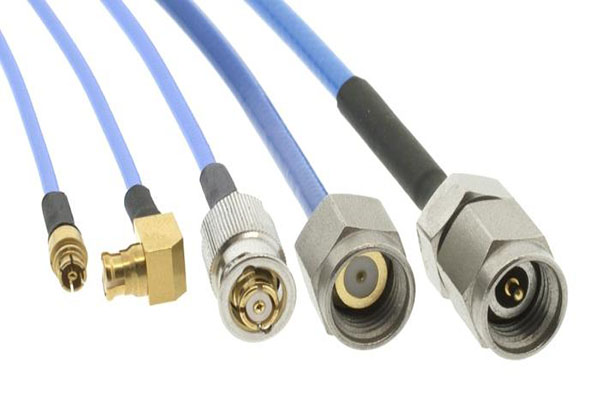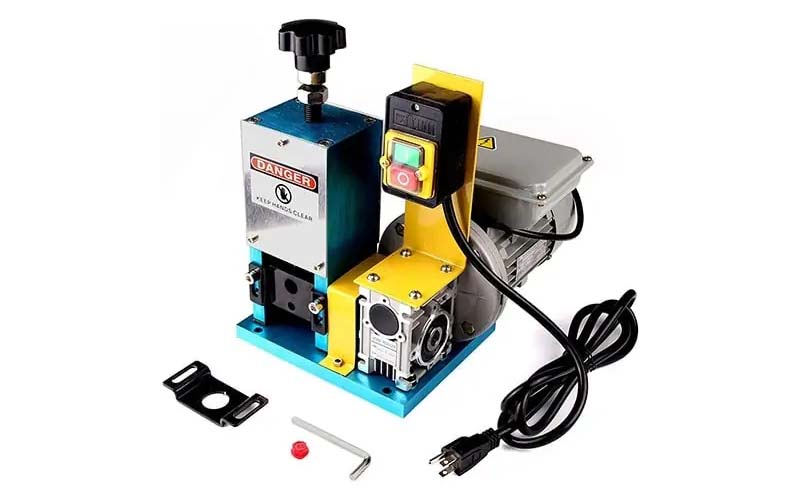Optical interconnects have become a crucial component in modern computing systems due to their ability to transmit data at high speeds over long distances while consuming less power. However, as computing devices become smaller and more complex, the need for miniaturized optical interconnects has become more pressing. In this blog post, we will explore the different techniques being used to miniaturize optical interconnects and the challenges and applications associated with this technology.
Miniaturization Techniques for Optical Interconnects
Silicon Photonics
One of the most promising techniques for miniaturizing optical interconnects is Silicon Photonics. Silicon photonics involves the use of standard silicon processing techniques to fabricate photonic devices that are integrated with electronic circuits on a single silicon substrate.
Waveguides
Waveguides are an essential component of optical interconnects that are used to confine and guide light signals. In Silicon Photonics, waveguides are typically made of silicon dioxide (SiO2) or silicon nitride (Si3N4) and can be fabricated using standard lithography techniques.
Modulators
Modulators are devices that modify the properties of light signals to encode information onto them. In Silicon Photonics, electro-optic modulators are used to modulate the phase, amplitude, or polarization of light signals using an electrical signal. These modulators are typically made of a thin layer of silicon that is integrated with the waveguide.
Photodetectors
Photodetectors are devices that convert optical signals back into electrical signals. In Silicon Photonics, photodetectors are typically made of germanium (Ge) or III-V semiconductors such as gallium arsenide (GaAs) and indium phosphide (InP). These photodetectors are integrated with the waveguide and are used to receive optical signals at the end of the interconnect.
Plasmonics
Plasmonics is another promising technique for miniaturizing optical interconnects that involves the use of surface plasmons to confine and guide light signals. Surface plasmons are electromagnetic waves that propagate along the surface of a metal and can be used to confine light to sub-wavelength dimensions.
Surface Plasmon Polariton (SPP)
Surface Plasmon Polaritons (SPPs) are surface plasmons that are excited by light incident on a metal-dielectric interface. In plasmonic interconnects, SPPs are used to confine and guide light signals along a metal-dielectric interface. SPPs have the advantage of being able to confine light to sub-wavelength dimensions, making them ideal for miniaturized optical interconnects.
Localized Surface Plasmon Resonance (LSPR)
Localized Surface Plasmon Resonance (LSPR) is a plasmonic effect that involves the resonant excitation of surface plasmons in metal nanoparticles. In plasmonic interconnects, LSPRs are used to confine and guide light signals within a nanoparticle. LSPRs have the advantage of being able to confine light to extremely small volumes, making them ideal for nanoscale optical interconnects.
Nanophotonics
Nanophotonics is a field of research that involves the use of nanoscale structures to manipulate light at the nanoscale. In nanophotonic interconnects, light is confined and guided within sub-wavelength structures to achieve high-density, high-speed, and low-power interconnects.
Photonic Crystals
Photonic Crystals are periodic structures that are designed to control the propagation of light. In nanophotonic interconnects, photonic crystals are used to confine and guide light within sub-wavelength dimensions. Photonic crystals have the advantage of being able to achieve high-density interconnects with low losses and low power consumption.
Nanowires
Nanowires are cylindrical structures with diameters on the nanoscale that can be used to confine and guide light within sub-wavelength dimensions. In nanophotonic interconnects, nanowires are used to achieve high-speed, low-loss, and low-power interconnects. Nanowires can be made of various materials, including silicon, gallium arsenide, and zinc oxide.
Metamaterials
Metamaterials are artificial materials that are designed to have unusual optical properties that are not found in naturally occurring materials. In nanophotonic interconnects, metamaterials can be used to achieve high-density, high-speed, and low-loss interconnects by confining and guiding light within sub-wavelength dimensions. Metamaterials can be designed to have a wide range of optical properties, including negative refractive index, perfect absorption, and giant nonlinearities.
Challenges and Limitations of Miniaturization
While miniaturization of optical interconnects offers many advantages, there are also several challenges and limitations that must be overcome.
Fabrication Complexity
The fabrication of miniaturized optical interconnects can be very complex and require sophisticated lithography and etching techniques. These fabrication techniques can be expensive and time-consuming, making it challenging to achieve high-volume production.
Losses and Signal Degradation
As optical signals propagate through miniaturized interconnects, they can experience losses and signal degradation due to scattering, absorption, and other factors. These losses can limit the distance over which optical signals can be transmitted and reduce the signal-to-noise ratio.
Heat Dissipation
Miniaturized optical interconnects can generate a significant amount of heat, which can cause signal degradation and limit the lifespan of the interconnect. Heat dissipation techniques, such as thermal management coatings and heat sinks, may be required to mitigate these effects.
Cost
The development and fabrication of miniaturized optical interconnects can be expensive, and the cost may be prohibitive for some applications. The cost may be reduced over time as fabrication techniques improve and the demand for miniaturized optical interconnects increases.
Applications of Miniaturized Optical Interconnects
Miniaturized optical interconnects have many potential applications across a range of industries and technologies.
Data Centers
Data centers are one of the most significant users of optical interconnects. Miniaturized optical interconnects can be used to increase data transfer rates and reduce power consumption, enabling more efficient and cost-effective data center operations.
High-Performance Computing (HPC)
High-performance computing (HPC) systems require high-speed interconnects to transfer data between processors and memory. Miniaturized optical interconnects can provide the high-speed and low-power interconnects required for these applications.
Telecommunications
Telecommunications networks require high-speed and high-bandwidth interconnects to transmit data over long distances. Miniaturized optical interconnects can provide the high-speed and low-power interconnects required for these applications, enabling faster and more efficient telecommunications networks.
Medical Devices
Miniaturized optical interconnects can be used in medical devices such as sensors and imaging systems. These interconnects can provide high-speed and low-power interconnects, enabling more efficient and accurate medical device operations.
Consumer Electronics
Miniaturized optical interconnects can also be used in consumer electronics such as smartphones and tablets. These interconnects can provide high-speed and low-power interconnects, enabling more efficient and faster consumer electronics operations.
Conclusion
Miniaturized optical interconnects offer a promising solution for achieving high-speed, low-loss, and low-power interconnects in various applications. The miniaturization of optical interconnects has been achieved using various techniques such as plasmonics, photonic crystals, nanowires, and metamaterials. However, the miniaturization of optical interconnects also presents several challenges, including fabrication complexity, losses and signal degradation, heat dissipation, and cost.
Despite these challenges, miniaturized optical interconnects have many potential applications across a range of industries and technologies, including data centers, high-performance computing, telecommunications, medical devices, and consumer electronics. As fabrication techniques improve and the demand for miniaturized optical interconnects increases, the cost of these interconnects is expected to decrease, enabling further adoption in various applications.
In summary, the miniaturization of optical interconnects is a promising solution for achieving high-speed, low-loss, and low-power interconnects in various applications, and it is an area of active research and development in the field of photonics.



